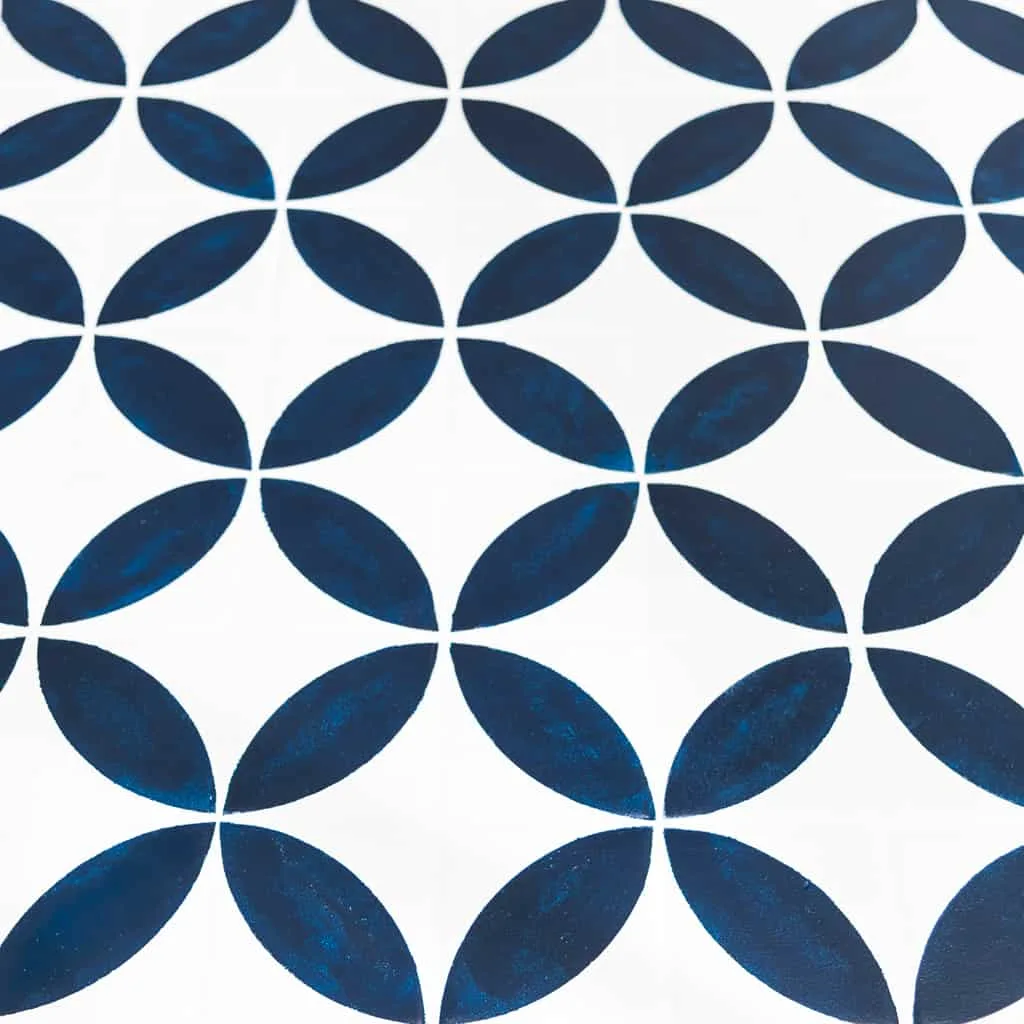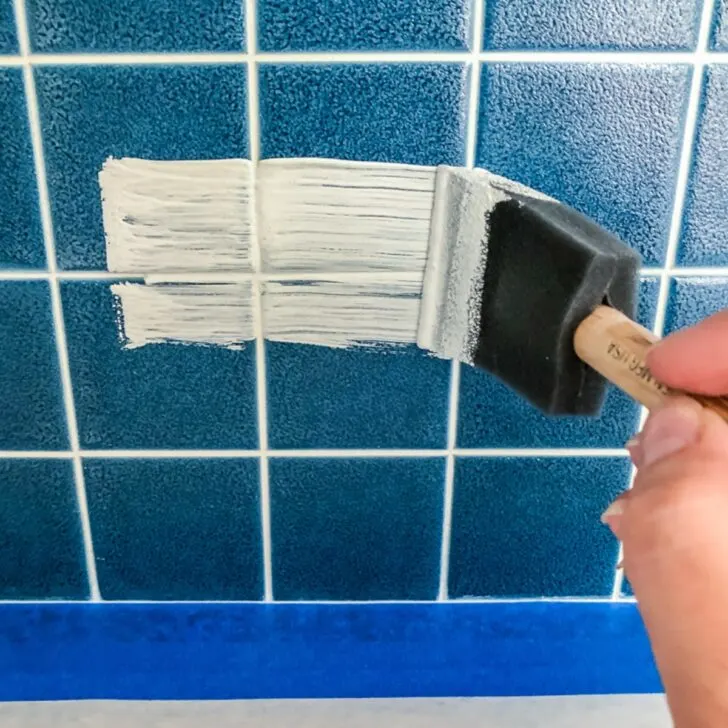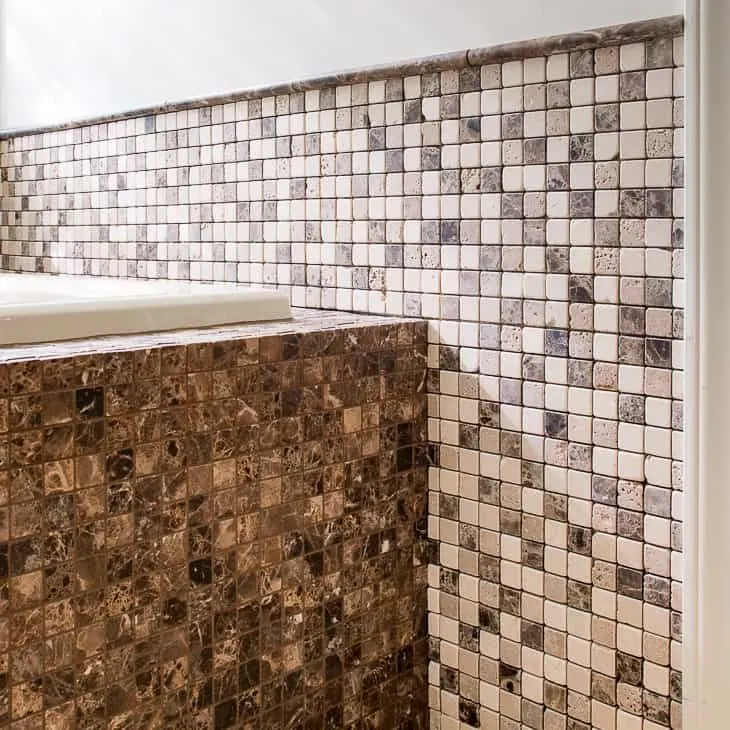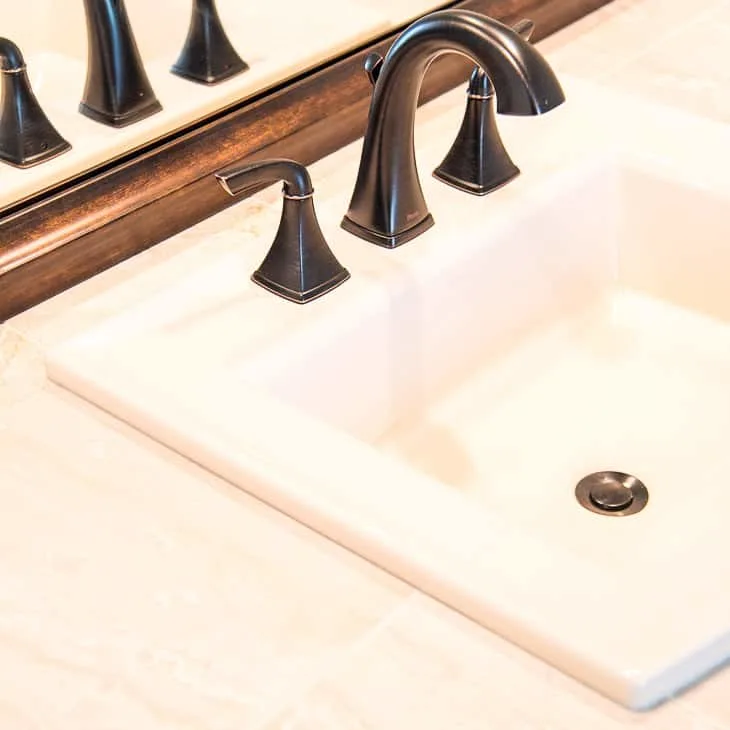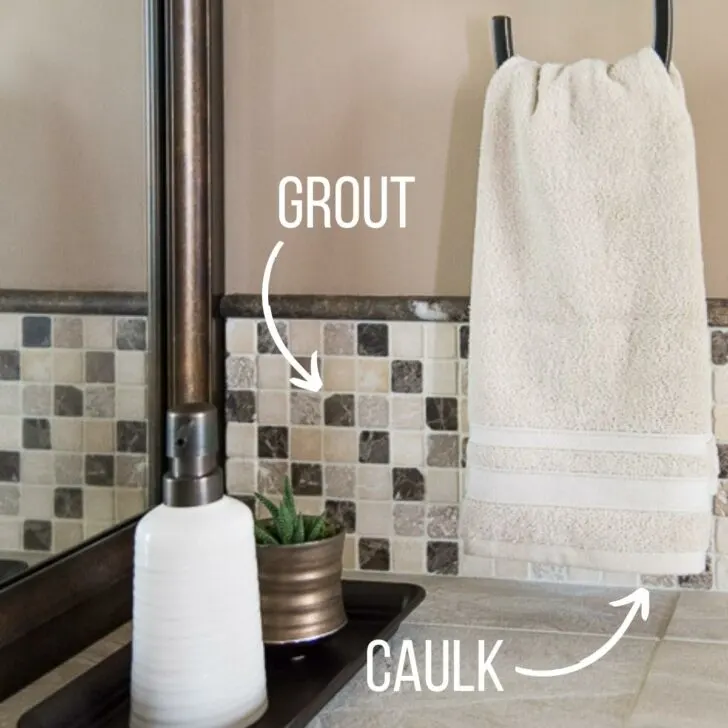Are you confused about the difference between sanded vs unsanded grout? Learn how to choose the right one for your tiling project here!
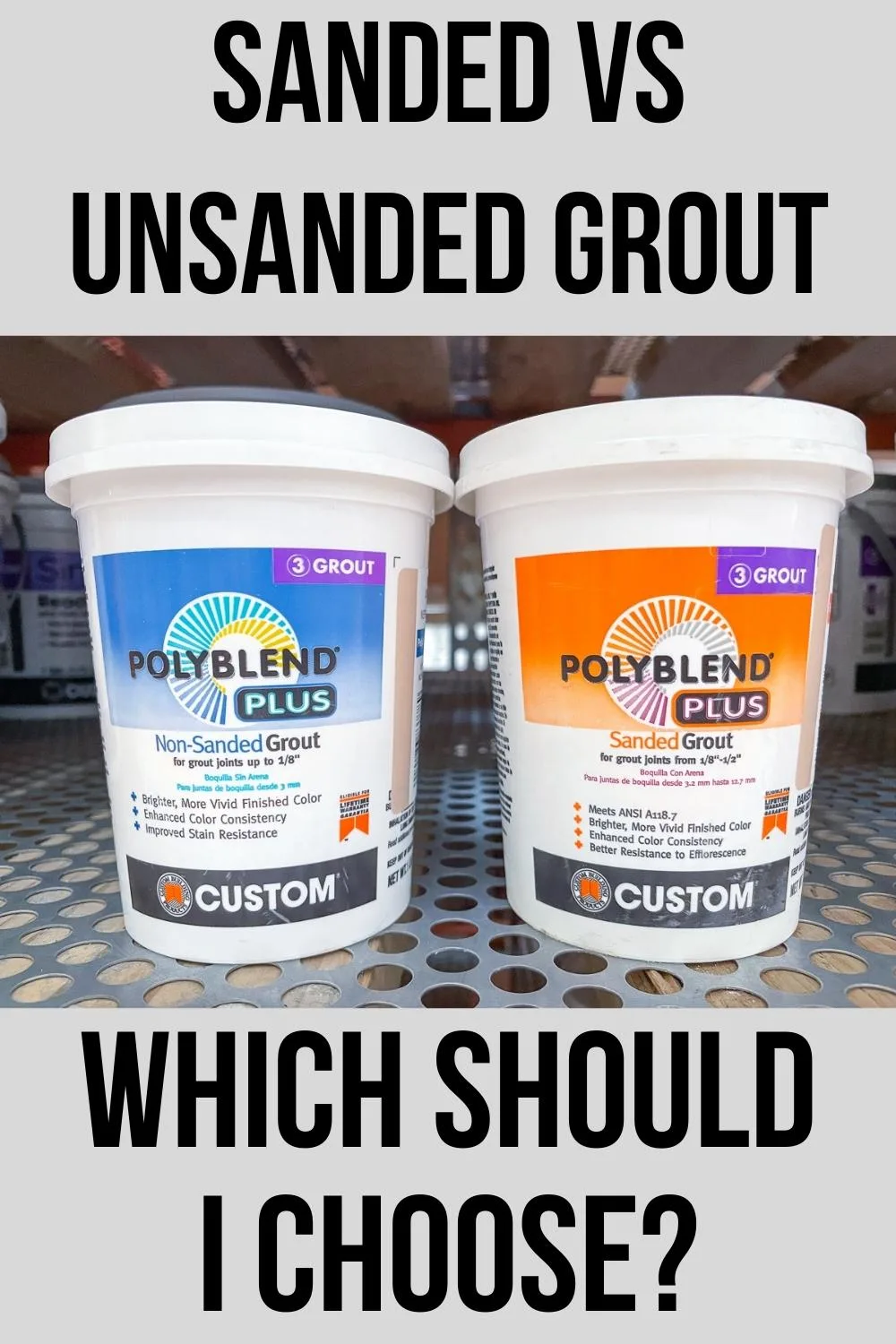
Sanded grout, containing fine sand particles, is ideal for wider grout lines and heavy-duty tiling projects, providing a strong bond and durability. In contrast, unsanded grout is sand-free, making it perfect for thin grout lines and delicate tiles, ensuring a smooth application while preventing damage to the tile surface.
What's the big deal with sand? That's what this article is all about. Let's jump right in!
What's the difference between sanded and unsanded grout?
You're in the hardware store, staring at all these bags and buckets of grout. Which should you choose? Which type of grout will be best for your project? Let's start with a quick guide.
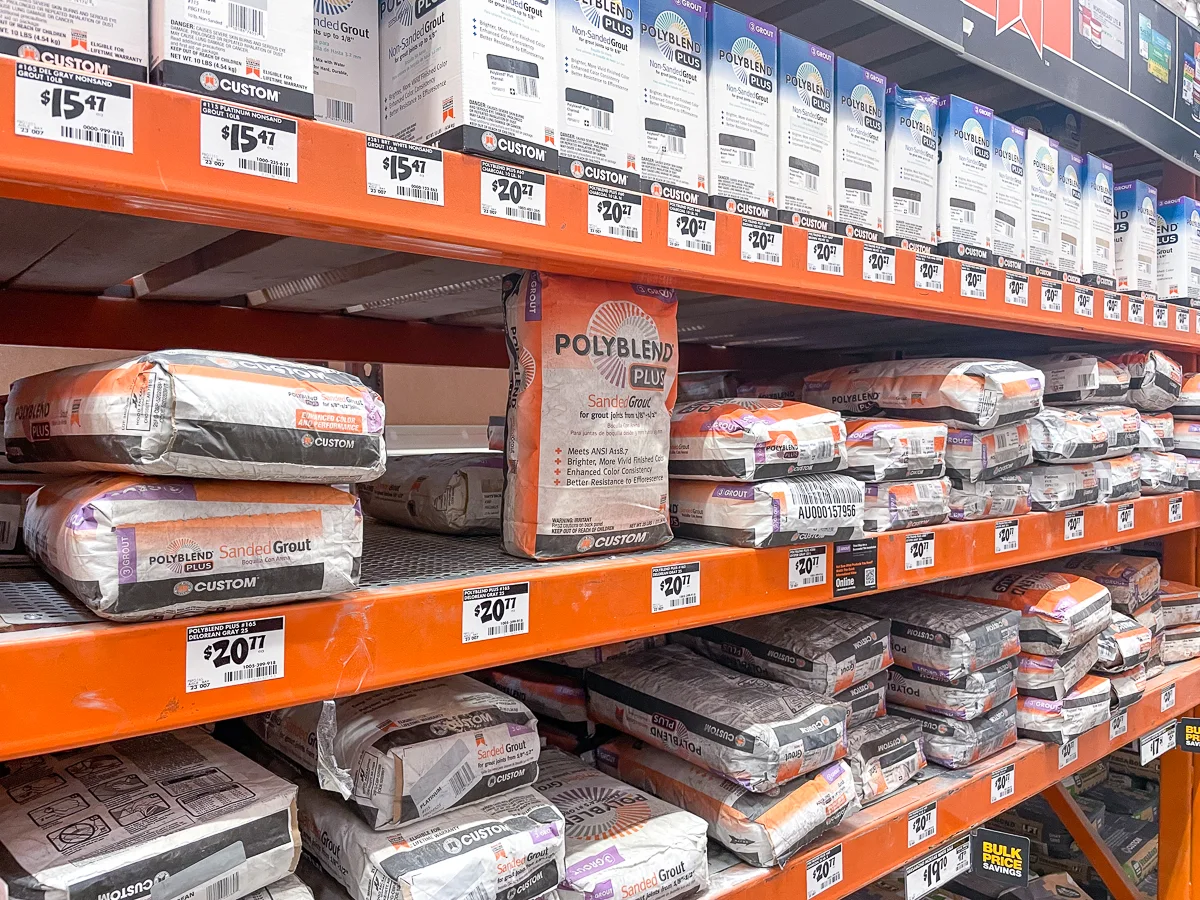
- Sanded grout is more durable, and is typically used for floors where the tiles and grout lines are larger.
- Unsanded grout is often used for high gloss or glass tiles to prevent scratching the surface.
- Sanded grout is for wider spaces between tiles - anything over ⅛ of an inch.
- Unsanded grout is used for smaller tile spacing, less than ⅛ of an inch.
- For grout lines that are ⅛" wide, you can choose either sanded or unsanded grout, but consider durability and appearance when making a decision.
- Sanded grout shrinks less than unsanded grout.
- Sanded grout is usually less expensive than unsanded grout.
- Both types of grout should be sealed to prevent stains in high traffic areas.
Now, let's take a closer look at each type of grout.
What is sanded grout?
Sanded grout is a cement-based compound used between larger tiles. The sand thickens the grout and gives it strength, while also preventing shrinkage as it dries.
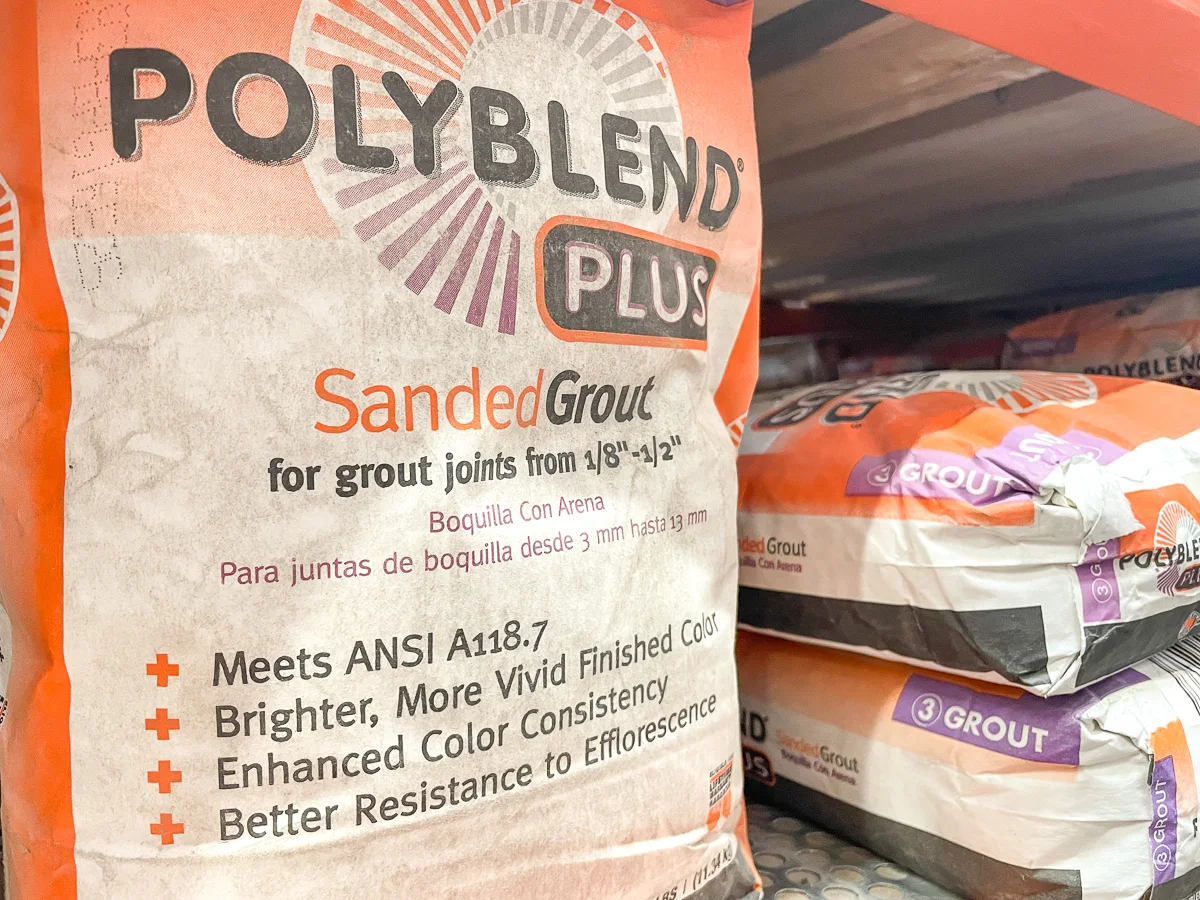
Here are some common characteristics of sanded grout:
- Durability. Sanded grout is more durable than unsanded grout. The sand suspended in the mixture prevents the cement from pulling away from the sides of the tiles as it dries, and is less prone to cracking than cement alone.
- Abrasive. One reason to avoid sanded grout is that it can scratch smooth surfaces as it is applied. If you're installing a high gloss material, do a test first to make sure that your sanded grout won't damage the tile's surface.
When should I use sanded grout?
Use sanded grout for:
- Tile floors. Floors take more abuse than we think. We walk on them, stomp on them, and accidentally drop heavy objects. Sanded grout provides the durability floors need. Standard unsanded grout can crack under this type of stress.
- Large gaps. Sanded grout doesn't shrink like standard unsanded grout. If the gaps you need to fill are greater than ⅛ of an inch, go with sanded grout.
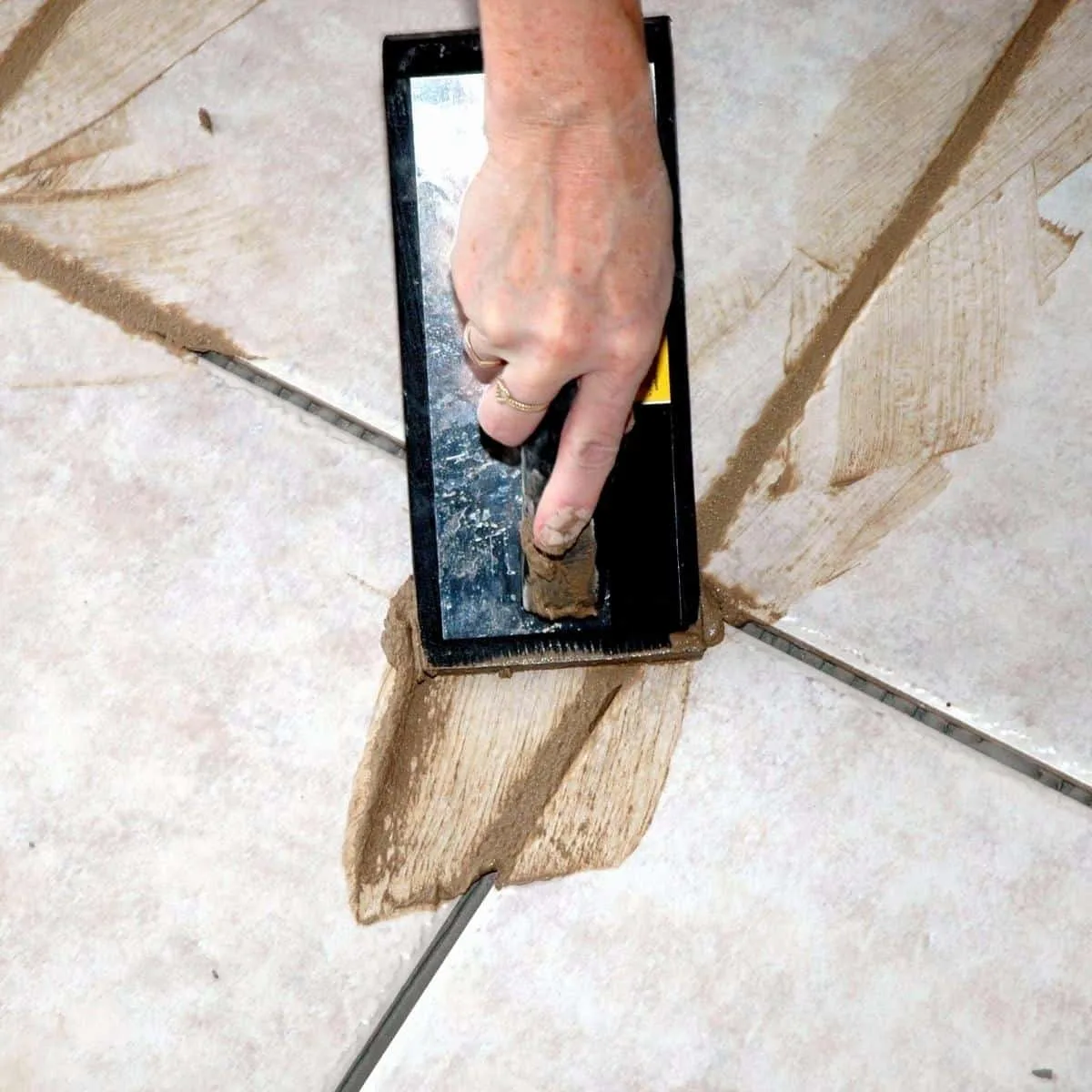
When to avoid using sanded grout:
- Small grout lines. The sand will make it difficult to force the grout into smaller gaps, so it may not adhere to the backer board properly.
- Shiny finishes. Just like sandpaper, sanded grout can scratch glass and make it appear foggy.
What is unsanded grout?
Unsanded grout is cement-based grout does not use sand as a filler. This lack of sand gives the grout a creamy texture and smoother appearance when dry. Since unsanded grout is thinner, you can use it for tighter spaces.
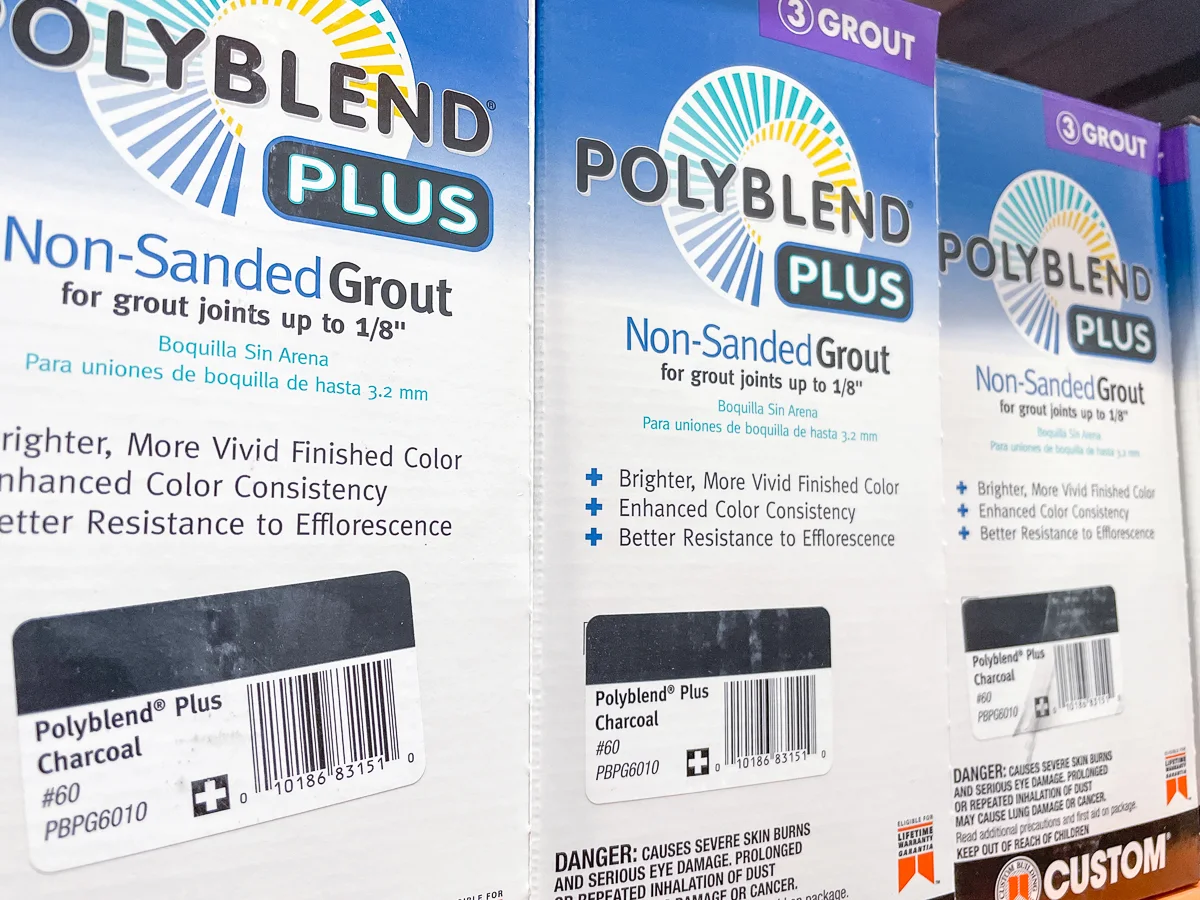
When should I use unsanded grout?
- Small gaps. If the crack is between 1/16 and ⅛ of an inch, go with unsanded grout. However, if using unsanded grout on the floor, use a formulation that is meant for high traffic areas.
- Vertical surfaces. Walls don't usually take the same amount of abuse as floors. Unsanded grout works well for shower walls and backsplashes. Check out my tutorial on how to install vertical subway tile for a more in-depth look at this type of project.
- Soft stone. If you're installing marble or limestone tile, use unsanded grout, as it won't scratch the soft stone. This may be one time you break the less than ⅛ inch rule.
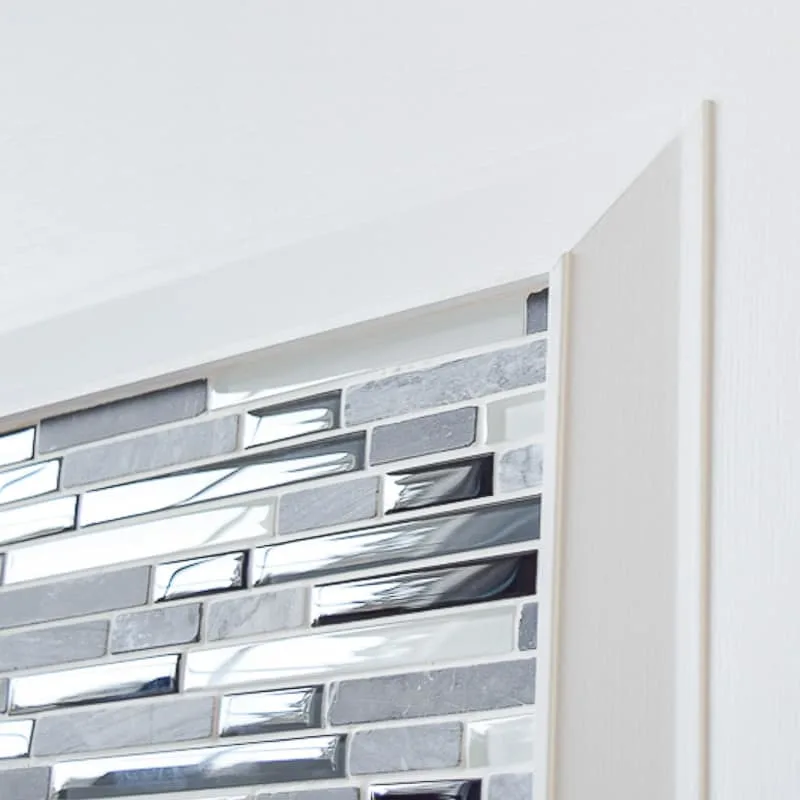
Other types of grout
You may encounter other types of grout that have special formulations. Let's cover them briefly.
- Epoxy-based grout. Epoxy-based grout is often employed when a project needs the durability of sanded grout without the abrasive properties. Also, some epoxy grout is more resistant to cracking and lasts longer. However, it can be more expensive.
- Advanced performance grout. This type of grout is cement-based, but has different additives to increase performance. For example, it might have more waterproofing qualities or it dries more quickly.
- Premixed grout. You should use premixed grout when a specific color is needed. Premixed grout allows the manufacturer to zero in the color - so you get the look you want even across several different batches.
Now that you know the difference between non-sanded and sanded grout, you can complete that tiling project successfully! Check out the articles below for more tiling tutorials!


